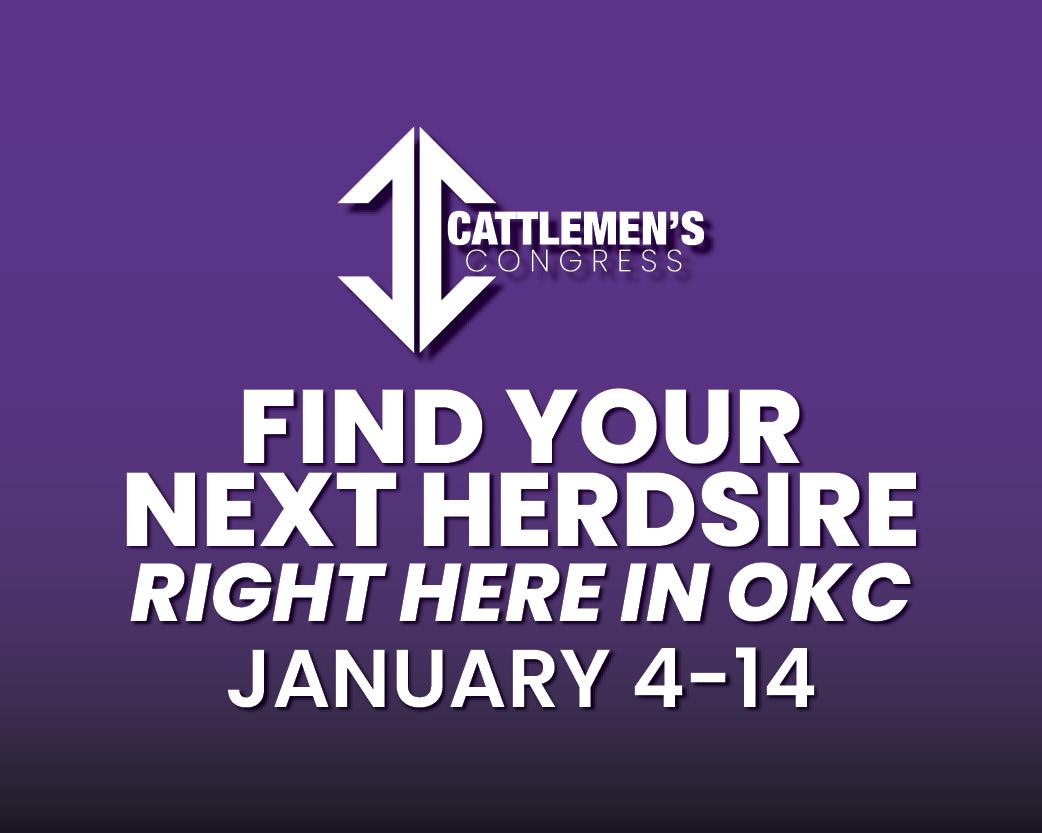
President Donald Trump started his second term in office with a series of 28 executive orders and actions that create the framework of policy priorities for his administration and make good on several campaign promises. His actions touch on just about every aspect of governing, including immigration, trade, foreign policy, federal workforce, climate, energy production, healthcare and more.
Trump has taken an immediate, hard stand on immigration and border policy, issuing sweeping reforms to deport undocumented immigrants, redefine birthright citizenship, and broaden the authority of the Department of Homeland Security. While none of these actions directly impact farm labor programs, there may be future indirect effects.
Trump withdrew the U.S. from the Paris climate agreement and declared a “national energy emergency” to broaden oil leasing both on- and offshore and to tap the strategic petroleum reserve. Trump also compelled the Army Corps to utilize emergency permitting to the “fullest extent possible” to bypass Endangered Species Act reviews and speed up energy projects—an action that could kickstart pipeline projects throughout farm country. In addition, Trump ordered the elimination of the “electric vehicle mandate,” which essentially revoked the non-binding goal set by the Biden administration that EVs make up half of new car sales by 2030. What will be impactful from this order, however, is the termination of the federal waiver for California to phase out cars with internal combustion engines by 2035.
The president established the new Department of Government Efficiency, which will be established within the Executive Office of the President through actions that will rename and reassign the duties of the current U.S. Digital Service, created in 2014. DOGE ties into Trump’s goal of creating an all-of-government, top-down approach to his second term in office, and the new department will “provide advice and guidance from outside of government.” There are concerns that DOGE may seek to recommend sweeping budgetary cuts to other departments and entities within the federal government, including the U.S. Department of Agriculture and Army Corps of Engineers.
Among the workforce changes, Trump has ordered federal workers return to in-person work full time, though questions remain on how this will be implemented government-wide. In addition, a freeze has been placed on federal hiring, with exceptions for immigration and border enforcement. This hiring freeze could have broad impacts in terms of the disbursement of funding for federal programming, grants, and disaster assistance.
Of great interest to soy and other industries is the president’s plan for trade. Trump directed USTR, Treasury, and Commerce to complete a comprehensive overview of all trade agreements and laws the U.S. is engaged in to identify any deficiencies, unfair practices or negative impacts on the U.S. The president requested reports on the country’s annual trade deficits; antidumping and countervailing duties laws; establishing an External Revenue Service to collect tariffs, duties and other foreign trade-related revenues; the impact of USMCA; the China Phase One deal; and the results of the four-year necessity review of the China 301 tariffs, among others. The reports are due to the president by April 1. Notably, USDA was not included in the list of agencies to engage in this review.
Article and photo provided by the American Soybean Association.


















